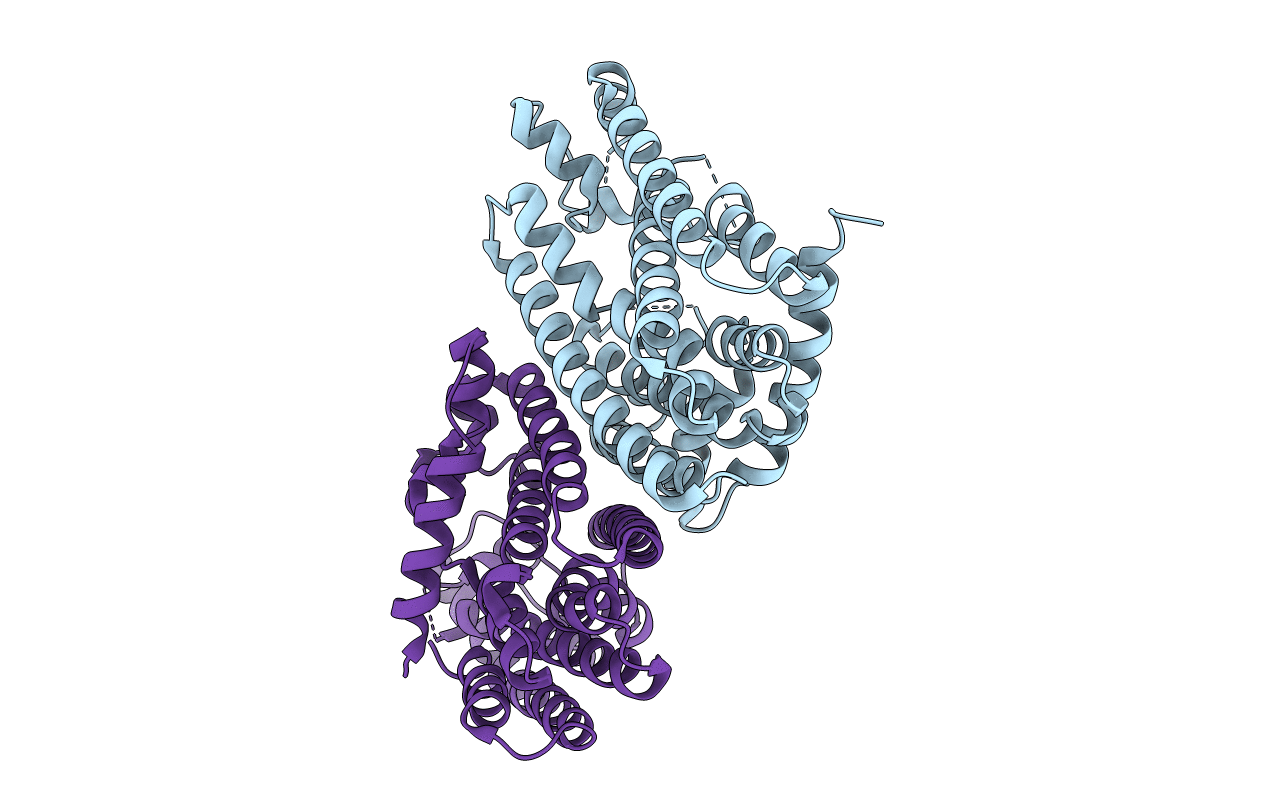
Deposition Date
2016-04-19
Release Date
2017-05-24
Last Version Date
2024-01-10
Entry Detail
PDB ID:
5JFQ
Keywords:
Title:
Geranylgeranyl Pyrophosphate Synthetase from archaeon Geoglobus acetivorans
Biological Source:
Source Organism:
Geoglobus acetivorans (Taxon ID: 565033)
Host Organism:
Method Details:
Experimental Method:
Resolution:
2.51 Å
R-Value Free:
0.25
R-Value Work:
0.20
R-Value Observed:
0.20
Space Group:
P 41 21 2


